In the dynamic world of media consumption, the influence of YouTube on traditional television has become a focal point for industry professionals and enthusiasts alike. As digital media reshapes audience engagement, understanding the dynamics between YouTube and TV is crucial. Let's delve into how YouTube is transforming traditional television consumption.
YouTube's unprecedented audience growth has revolutionized media consumption habits, challenging the dominance of traditional TV. The platform's diverse array of content creators provides an alternative to conventional programming, catering to varied interests that traditional television often overlooks. According to a recent report by Statista, YouTube reaches over 2 billion logged-in users monthly, indicating a massive shift in viewership preferences.
A fascinating example of this shift is the resurgence of 2NE1’s YouTube account by YG Entertainment after seven years, drawing significant attention and showcasing how legacy content can find new life on digital platforms (Billboard). This illustrates how YouTube serves as both a repository and a revitalization tool for media content.
The decline of traditional TV can largely be attributed to digital media's influence and the flexibility offered by online video platforms. Streaming services like YouTube provide audiences with the freedom to watch content anytime, anywhere—a stark contrast to the rigid schedules of cable TV.
The impact of streaming services is evident in TV viewership trends. Many are opting for platforms that offer diverse and on-demand content. Recent examples include shows like "Anna Karenina," which can be streamed in full episodes on various platforms, providing viewers the flexibility that traditional TV lacks (The Guardian).
YouTube vs TV: Competition and Industry Changes
The competition between YouTube and TV has prompted significant changes in the TV industry. Broadcasters are rethinking their strategies to compete with YouTube’s vast reach. This is not just a technological shift but also a reflection of broader societal changes. Younger demographics, in particular, prefer consuming content via platforms that allow interaction, such as commenting or sharing, which traditional TV does not facilitate.
Recent news highlights this trend. For instance, Molly-Mae Hague’s public life post-Tommy Fury split became a topic widely discussed on digital platforms, demonstrating how personal stories can gain traction more swiftly and broadly online than through traditional media outlets (BBC News).
Streaming services have profoundly impacted traditional television consumption by reshaping media consumption habits. Platforms like YouTube allow for tailored content experiences, which is particularly appealing to niche audiences. A case in point is the surge in popularity of content from artists like Shan Vesagas, whose appeal resonates well beyond geographical constraints (Philippine Daily Inquirer).
Moreover, recent announcements from Microsoft about mandatory 2FA login deadlines highlight the increasing emphasis on security in digital platforms, further bolstering consumer confidence in online media consumption (TechCrunch).
The Role of YouTube Content Creators
Content creators on YouTube play a pivotal role in its impact on traditional television. They often produce highly engaging and personalized content that resonates with audiences, unlike the more generalized programming of traditional TV. This personalization creates loyal viewer bases and enhances viewer engagement.
Consider Alka's decision to turn down a work offer with Rahman, which was widely discussed across digital media platforms, emphasizing the power of personal storytelling and direct audience connection that YouTube facilitates (Times of India).
The future of media consumption will likely see continued competition between YouTube and cable TV. As streaming services continue to evolve, traditional television must innovate to remain relevant. This might involve integrating interactive elements or exploring hybrid models that combine scheduled programming with on-demand options.
Looking ahead, events like the 2024 NFL preseason games, such as Atlanta Falcons vs. Baltimore Ravens, might see increasing coverage on digital platforms alongside traditional broadcasts (ESPN), highlighting a blended approach to broadcasting that meets diverse audience needs.
The landscape of media consumption is undeniably transforming, with YouTube leading the charge against traditional television. As digital platforms like YouTube redefine how audiences engage with content, they present both a challenge and an opportunity for conventional broadcasters. The platform's vast reach and diverse array of content creators offer a personalized experience that traditional TV struggles to match. This shift highlights the flexibility and accessibility that streaming services provide, meeting modern demands for on-demand and interactive content.

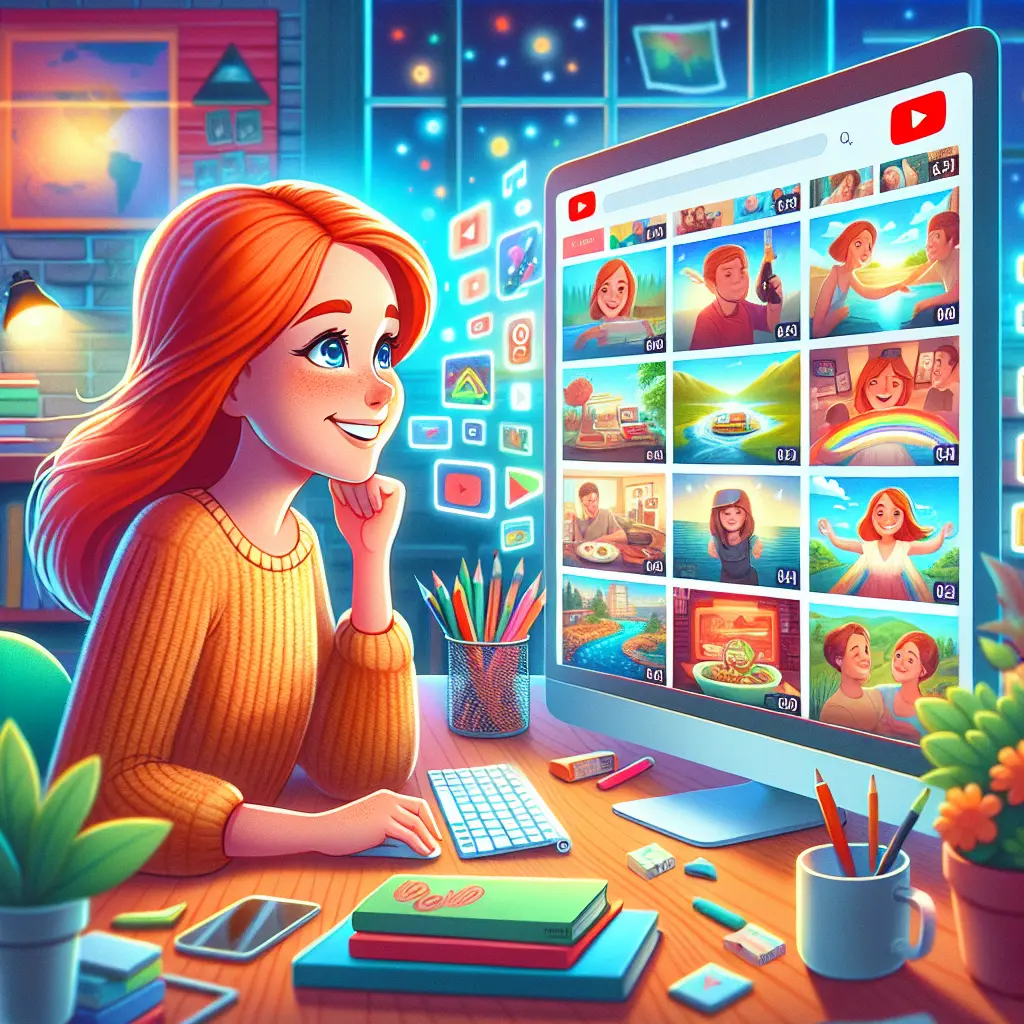
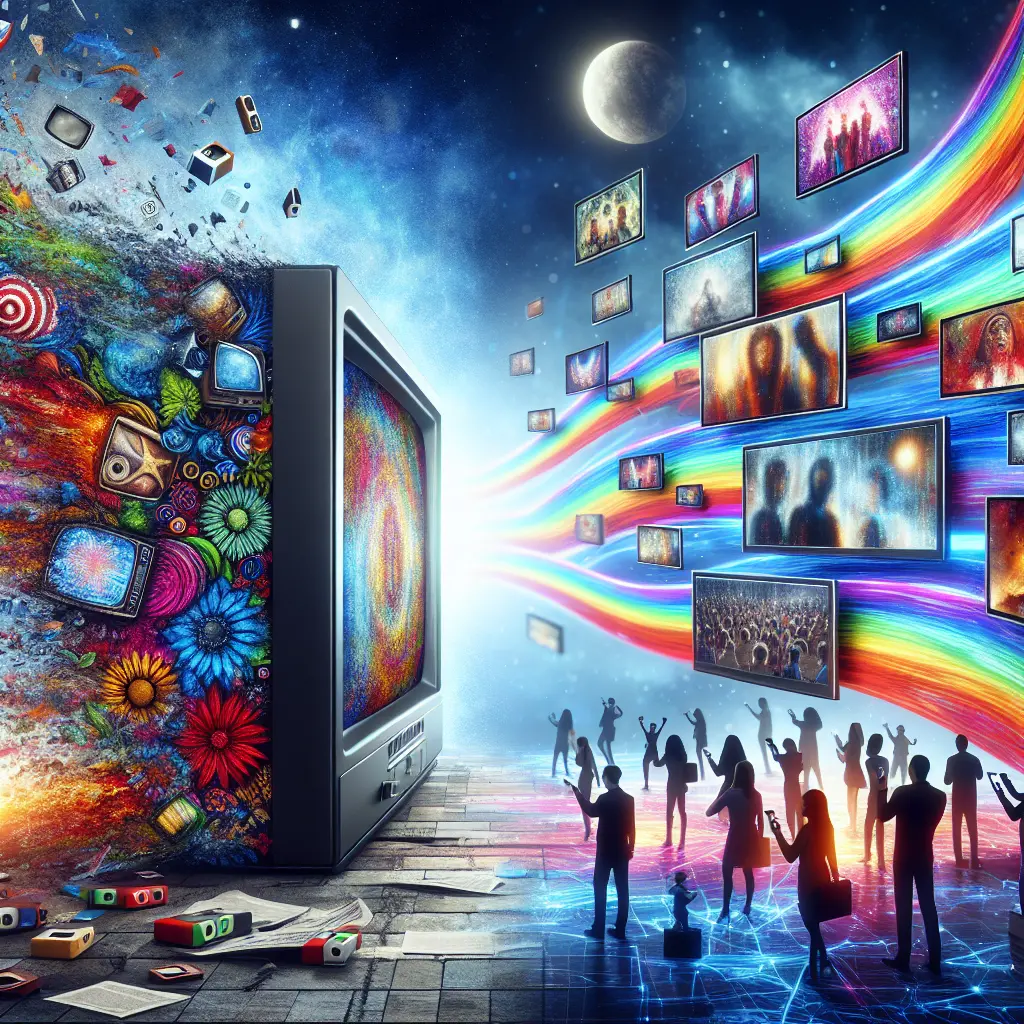

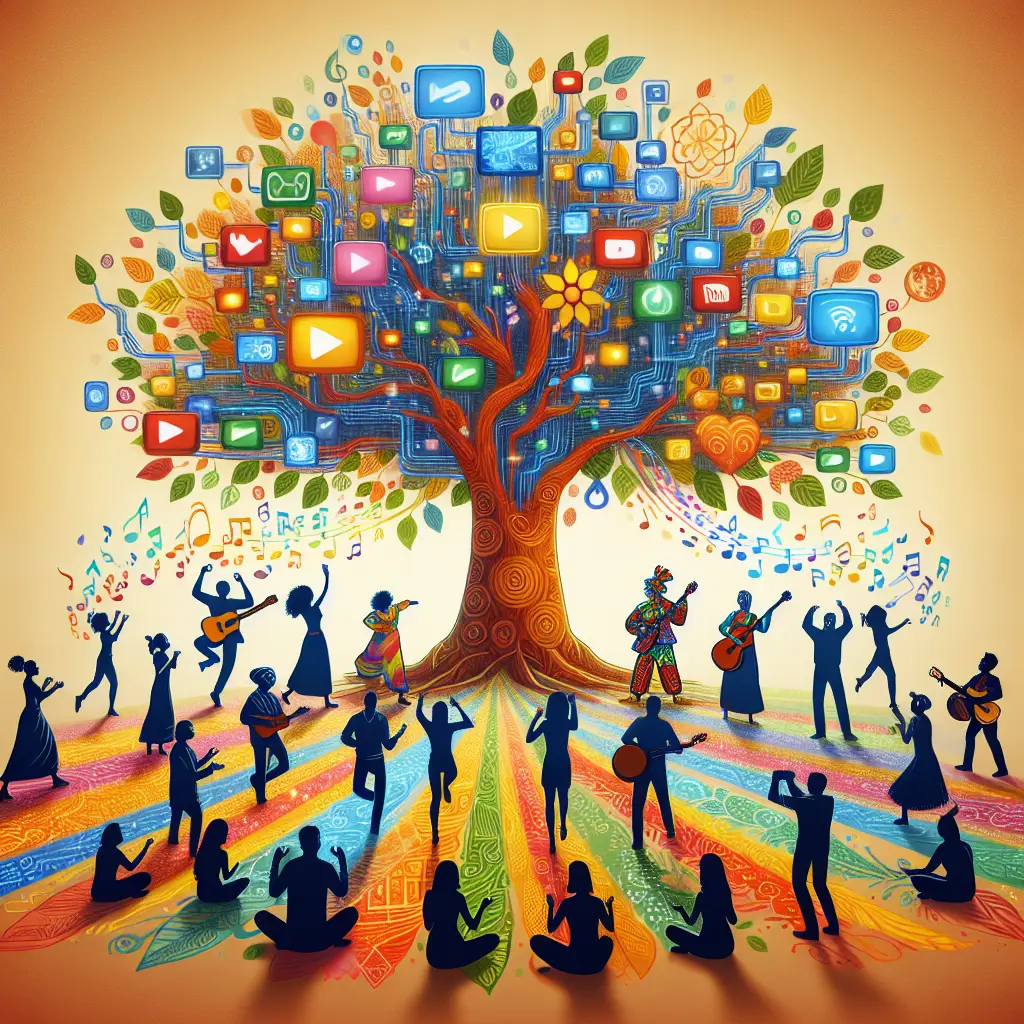
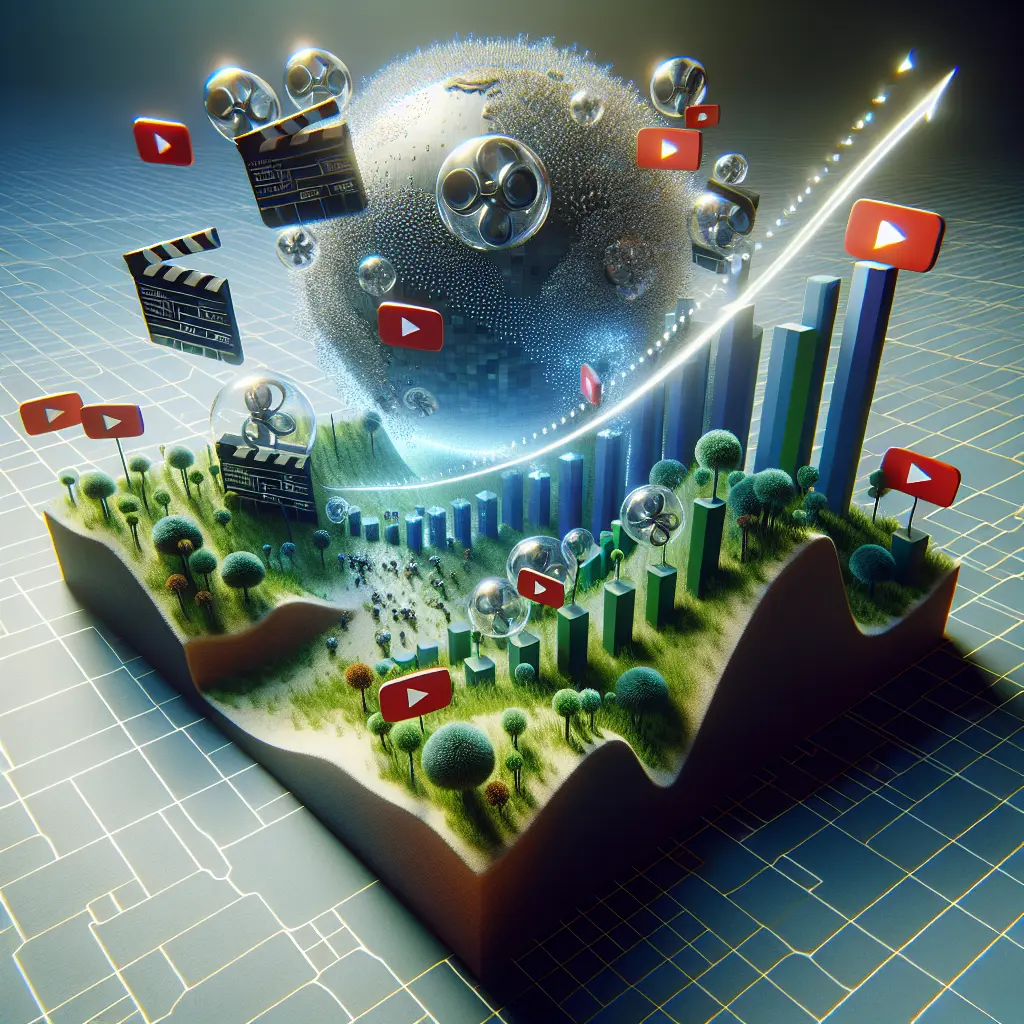
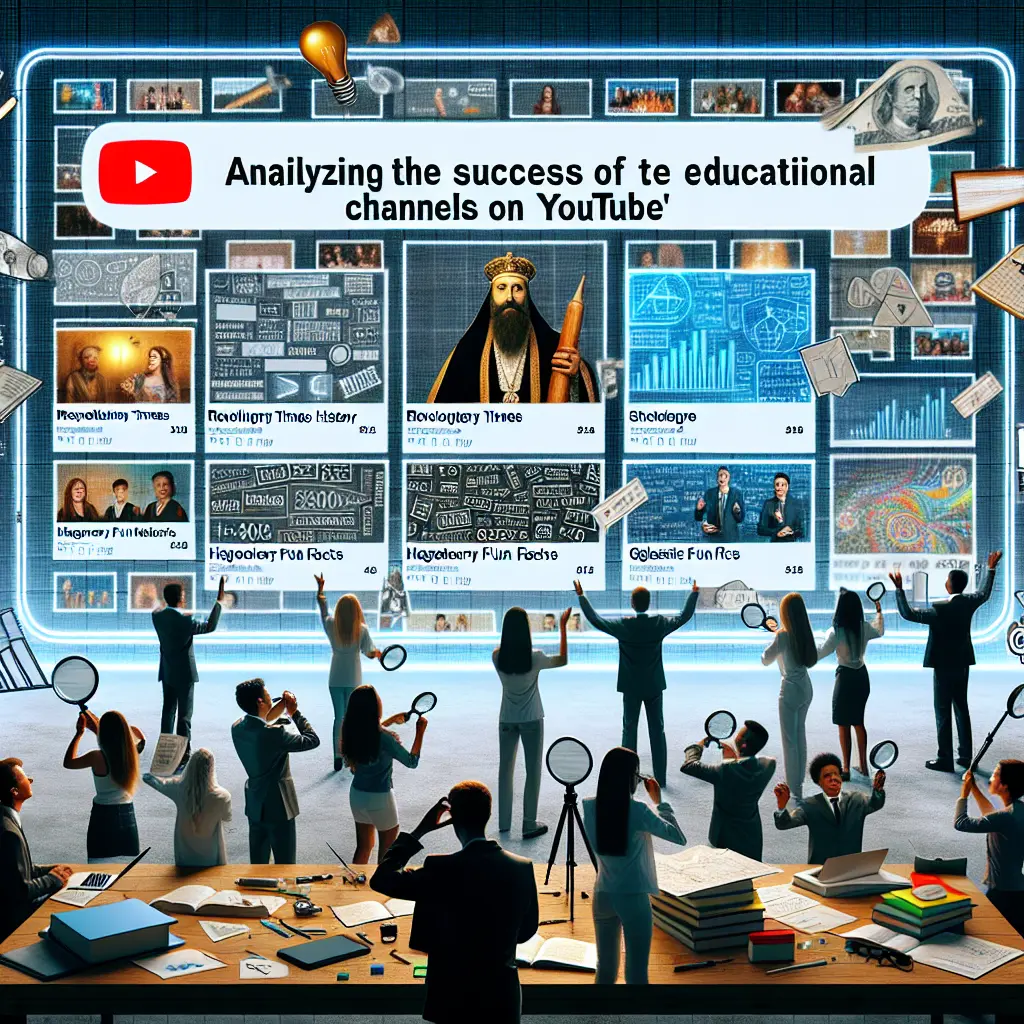


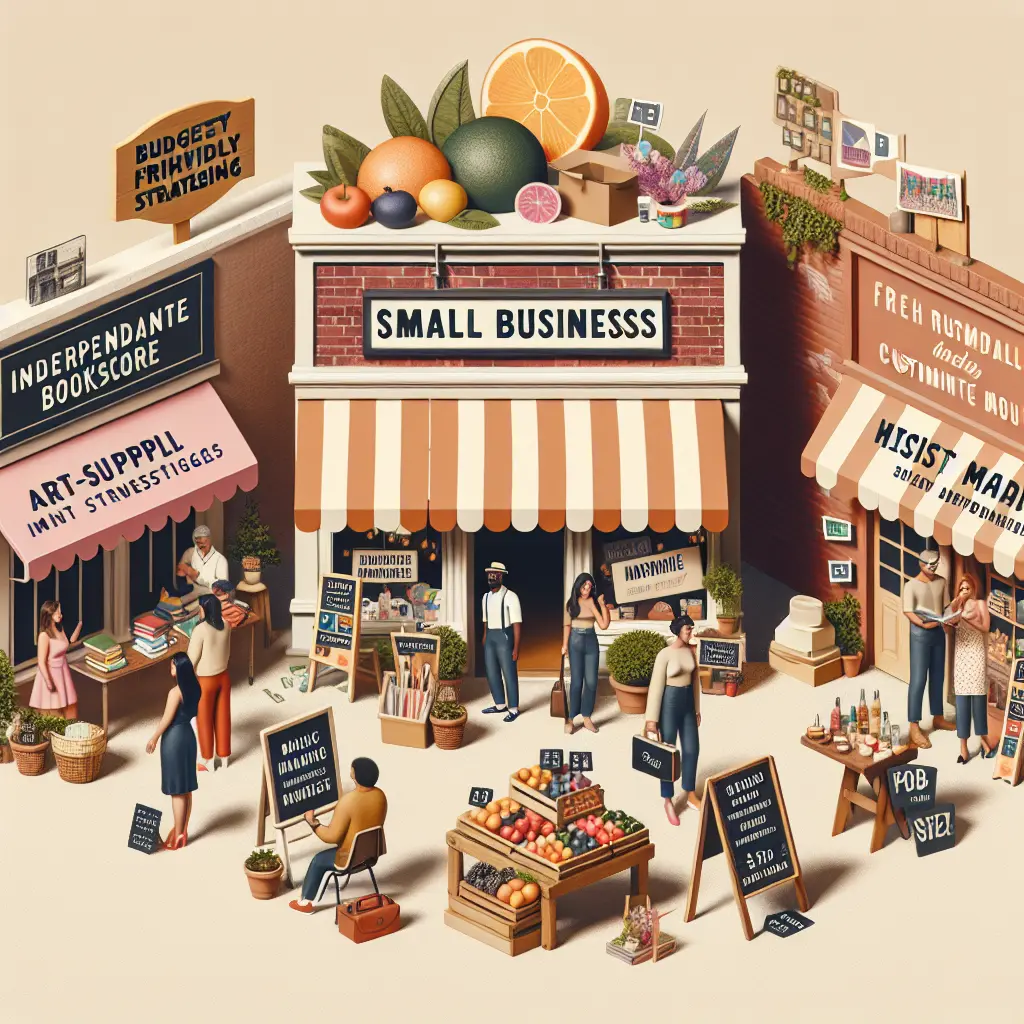
Leave a Comment